(In collaboration with Jeanette Isabelle.)
“Ah yes. Everything is ready. Come with me.” Jerry tells her. He escorts her to the work area where the finished vehicles are parked.
The Ford truck was parked with the Cap on its bed, and the trailer attached to the rear. The most visible thing on the truck was one of two added stepped fuel tanks just under the doors, with the other tank being on the other side. Mako comes into view from behind the truck carrying a paper bag.
“Care to check it over before paying?” Mako asks as he hands her the bag.
Moro opens the bag and looks at its contents: 4 rubber hoses: 2 radiator hoses and 2 power steering hoses. She pulls one out, “What’s this?”
“Your old radiator and power steering hoses."
"I know what these are but why are they here?" Moro did expect to see a radiator hose since one was questionable. It wasn't leaking when Moro checked but the old hose looked like it could quit on her at anytime. She did not detect any additional leaks in the power steering system.
"If you give it a squeeze, you will see cracks open up on them. The rubber has dried out and cracked over time though they still work, they are not safe to use for the long haul as they are leaking fluid from them. They will fail on you if they were not replaced. It does not add to the price of the repair we agreed too. We also tighten up the suspension and steering, replacing worn suspension bushings and lubricated the joints. Your brakes are fine as is for the next 1500 miles or so. Get inside and I’ll explain what was done for the fuel tanks.”
Jerry hands Moro the keys to the truck and she steps into the driver’s side door. She notices a new key on the ring. Mako gets in through the passenger side, waiting for Moro to settle in. Jerry stands by the open driver’s door looking in.
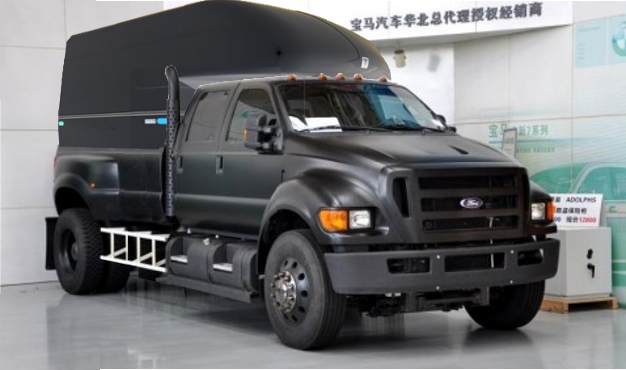
"Is the new key for the locking gas cap?" Moro asks.
“Yes it is. It is for the locks on the gas cap on the external tanks and the locking gas cap that replaces the original gas cap on the truck itself.” Mako points out. He sees Moro looking about the dash seeing what changes it may have. He then points out to a new switch under the air vent on the right side of the steering wheel. It is labeled with ‘L-M-R.’ “That is the fuel tank selector; it selects which fuel pump it activated for which tank. Each pump has a 1-way valve so fuel from the activated tank would not fill up the other tanks. L is for the Left-Driver’s Side Tank, M is for the middle tank the truck came with and R is for the Right-Passenger’s Side Tank. The fuel gauge shows how much fuel in activated tank.”
Moro turns on the electronics and then flicks the switch to see each setting. The newly installed tanks are empty, and the main one on the truck is a bit less than 3/4 full. She nods her head approvingly.
She looks at them both, “Before we settle the bill, let’s check out the trailer.”
“Let’s go check it out, and the cap.” Jerry says as he steps out of the door way to let Moro out.
“That is I first noticed. I did not expect it to be so big.” Moro replies as she steps out of the truck and looks towards the rear of the vehicle.
Mako steps out from the passenger side.
“It only looks big. Considering the truck itself is big, it has to fit the truck.” Jerry explains as they walk to the rear of the truck.
They get to the rear of the truck where the trailer was hitched up to it, along with two safety chains. Jerry points out, “That’s the hitch with the clamp covering it, 2 safety chains in case the hitch breaks, and this cable harness and plug under the bumper is your wiring harness for the tail signal lights, electrical braking system and powers the climate control system in the trailer while on the road. Let’s go check the rear.” Along the way he points out the two wheels on the side of the trailer they were on, “Two standard sized tires on reclaimed* rims. There are brakes behind the wheels and uses standard pads. They are activated by the brake lights when you press on the pedal. The brakes only slow down the trailer and make it easier for it to stop – the truck stops the trailer. It’s a little tricky to understand how that works but once you figure it out, it’s simple to drive. The brakes should be good for 5 years and use standard parts if they need replacing.”
They continue towards the back until they reach the rear of the trailer. Mako catches up to them at the rear from the other side.
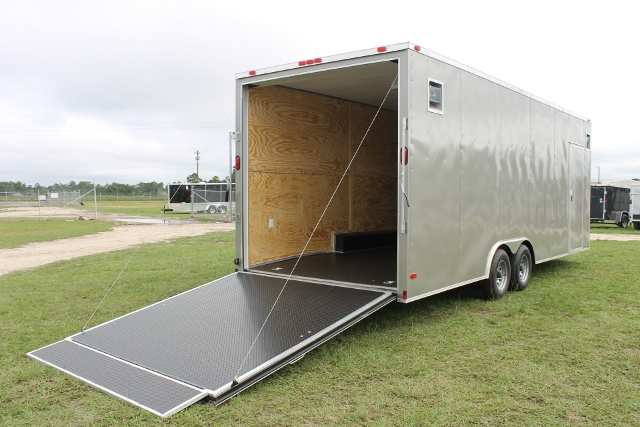
Jerry points out and demonstrates, “Most trailer rear doors open out sideways. But there are some like this one that opens downward. There is a handle at either side, you grab either one, then twist and pull them. The door will pop off the frame from the top and you continue pulling it down to the floor. This makes a ramp for you to load and unload your things. These thin steel cables on the doors go up to those pulleys and weights above on the trailer’s ceiling. They balance and lighten the door, making it easy for you to open it. Without them, the door weight about 200 pounds. With them the door only weighs about 10 pounds, making it easier and safer for you to open. Every 3 months or so, check the cable and make sure there are no nicks or fraying, and put some grease on pulleys. Any questions?”
“This looks great.” Moro says as she inspects the ramp-door and its cable system, though she asks, “How do I secure this, is there a lock that can be activated or put in?”
“There are tabs by each handle that you pull to open the ramp, where you can put in a box-lock* on it. I do not include them because many people have their own. But if you want one, its only $5 each. All you need is one but you can use two, one on each side for each handle.” Jerry explains.
“I’ll take two, one for each side.” Moro tells him. She then asks, “And how is the truck’s cap secured?”
“The truck’s rear gate is what secures it in place. To open it, you open your truck’s gate first, then you open the cap’s gate. To close it, you close the cap first then the truck’s gate. The bottom of the cap lines up past the top of the gate. This creates a wind proof seal and insures that the cap remains closed at all times unless the truck’s gate is open. This means that the cap does not need a lock, the truck’s gate has the lock, which your truck’s door keys can be used to lock and unlock it.” Jerry explains.
Moro nods in hearing this. She knows that some caps have their own locks but apparently this one by design does not need a lock.
“Let’s go inside.” Jerry says as he steps inside, pointing out a light switch on the side wall. Flicking it turns on the lights inside.
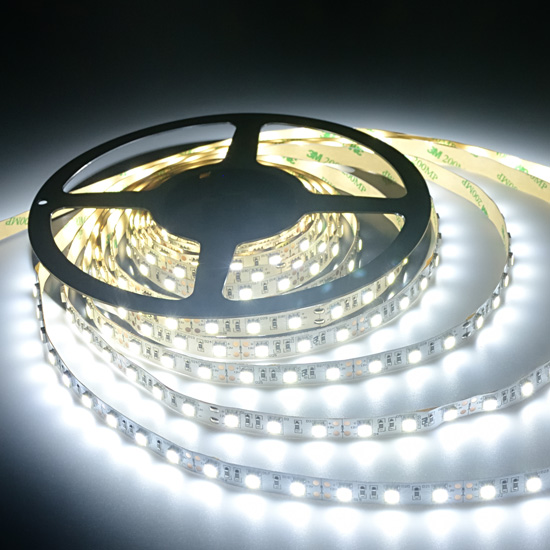
From:
http://www.ledbulbs123.com/led-ribbon-lights-12volt-best-5050-strip-lights He continues as they walk inside and points out, “This is a ‘3-way’ switch.’ That means that you can turn on and off the lights at any of the switches with needing to go back to the switch you turned on. There are four rows of lights, they all turn on at once. These are the shelves you wanted. With them I’m including these hook nets to secure items on the shelf and a few padding blankets. The hooks go into the holes on the shelf frame and covers up the area. With the hook nets in place things inside the area can only move but so much, so you do not have to worry about things falling onto the floor when on the road. And the padding blankets will add further protection. Let’s go to the back where most of the business is at.”
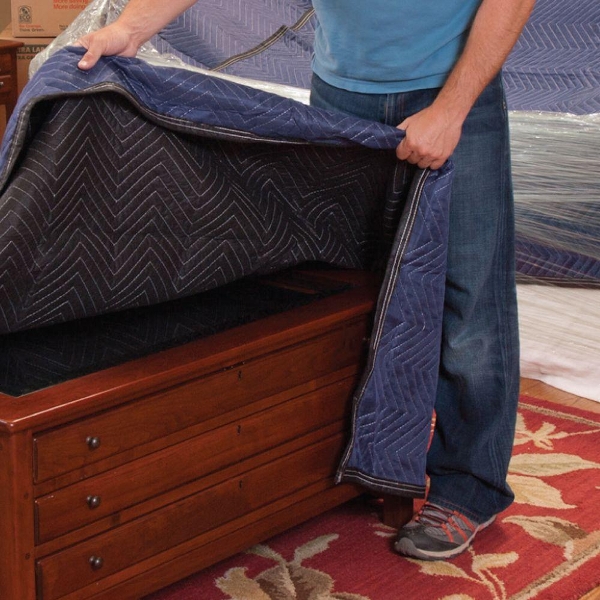
Moro looks over the shelving, checking how secure they were and how the netting fits into place. Each separate shelf had its own netting on top of a folded up blanket. She then follows Jerry to the rear.
He points out, “Since this is a V-Nose trailer, you have this extra space we discussed before. Up on top is the climate control unit, which has a refrigeration, heater, humidifier and de-humidifier. You have to climb up there to set the controls as to your needs. Right now it is set for a person’s comfort- not too hot, not too cold, not too damp either. Under it are the top cabinets. Then you have this work space and then the bottom cabinets.”
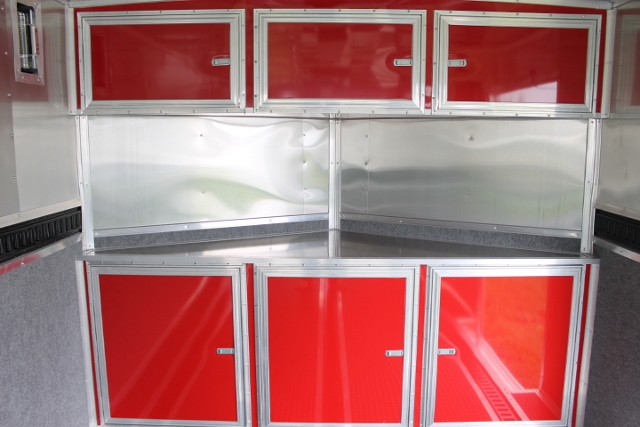
He continues “In the bottom cabinets is a spare tire with a scissor jack and the generator with the extended tank and back up batteries. On the right, or passenger side is an entry/exit door. It too will need a box-lock to secure it. Any questions? Comments?”
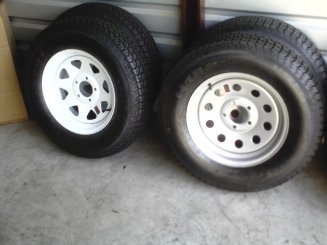
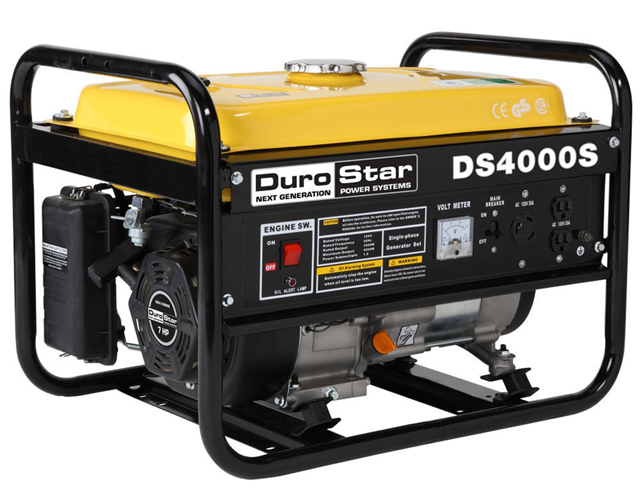
“So I will need three of these box locks?” Moro asks.
“You can use two and get one more later on or get all three now.” Jerry explains.
“I see. Anything else needs a ‘box-lock’?” Moro asks.
“Just the three for the doors.” Jerry says, seeing how impatient Moro seemed to be. Or perhaps this was an illusion. He then add, “Since you did not know about the locks, buy two and I’ll thrown in the third one for free. That’s fair to you?”
“More than fair.” Moro says.
Mako steps in, “You know those tanks are empty, without fuel.”
“I gathered that.” Moro says before asking, “Anything else I should know?”
“None that I know of. Jerry?” Mako says.
“Let’s settle these bills.” Jerry says. He looks over this paper work and sees that the work and items have been paid for. He signs the bottom of the final receipt and hands it to Moro, “I’m already paid for. Mako?”
Mako looks over his paper work, seeing the work done: $25 for each new tire, $100 for the fuel tanks and their installation, $35 for the wheel alignment, and $40 for the radiator hose replacement and checking and replace any other faulty parts. $275-Total. “Since only the radiator and power steering hoses were replaced and nothing else, I’ll take $25 off for a total of $250." He tells Moro as he signs the receipt and hands it to her.
“That is very generous of you.” Moro tells him as she hands him one 1/4 oz gold coin ($250).
“It is better to be honest in this business than to cheat others of their money and lives with unsafe work.” Mako tells her as he takes the gold coin.
“I can’t agree with you more, Mako.” Jerry throws in.
“OK then,” As Moro folds up the receipts and put them in her pocket, “I can go drive away?”
“Don’t you want the locks?” Jerry asks as they begin to leave through the rear of the trailer.
“I’ll leave after I get the locks.” Moro says and then asks, “Just a couple of questions before I go. Where can I get a Wing-feather brush for a Haibane? And where can I fill up the tanks?”
Jerry demonstrates how to close and secure the door, showing where the locks would go and then leans against the door. He answers, “You can try Joan’s Beauty shop at the end of the road. She has a lot of things for everyone, humans, mutants and wessons.”
“You can walk there and back while we fill up your tanks. It is going to take a while.” Mako points out.
“I’ll think I’ll do that. How much to fill the tanks?” Moro says and asks.
“100 gallons of fuel, at $2 a gallon, I say two hundred dollars.” Mako says.
Moro pulls out a few gold and silver coins, counting off two 1/10 oz gold coins ($100 each) and hands them to Mako. “$200. Where is this beauty shop again?”
“Straight out the door and to the right, down the main street to the end. You can’t miss her place, a lot of flash and glitter there.” Mako explains as he takes the gold coins.
“I suppose you will need this back.” Moro says as she dangles the keys in front of them.
Mako takes the keys, “I’ll take care of everything for you. When you return, it should be waiting for you by the door.”
“Thank you.” Moro says before she begins to walk away from them and head to Joan’s Beauty Supply Shop.
- - - - -
*Notes:
Reclaimed rims – rims that have been fixed up and repainted to new condition. Except for rare exceptions, rims are not new but collected from various locations and fixed to near new conditions. Only if a town has a blacksmith and a smelter where they can process melted metal, can new rims be made. This town does not have a blacksmith or a smelter. A smelter is a place where metal is melted and pour into molds in high volumes. Jason’s processing trailer has smelting capabilities but cannot do this in high volumes.
Box-lock – a medium to large sized padlock.